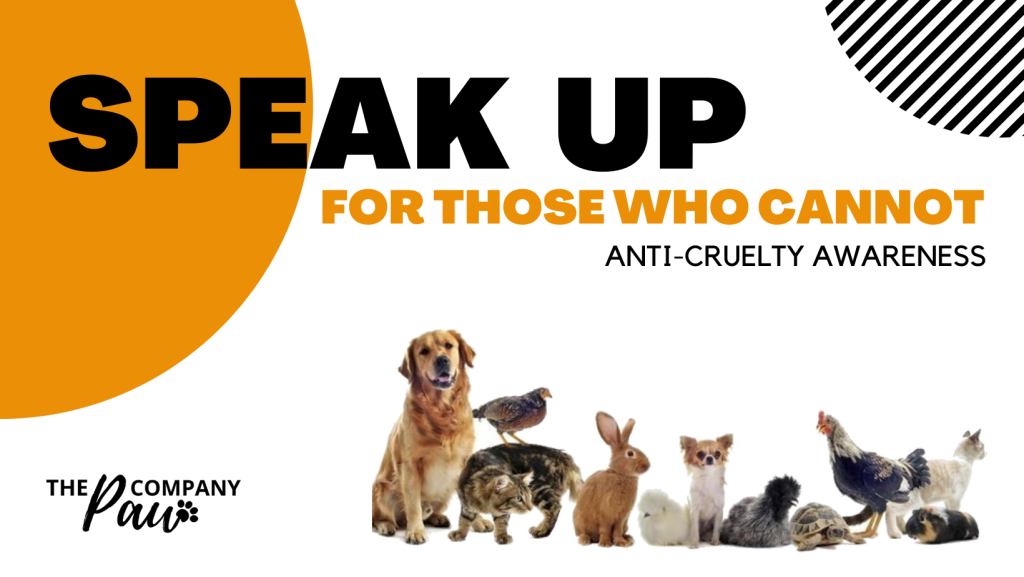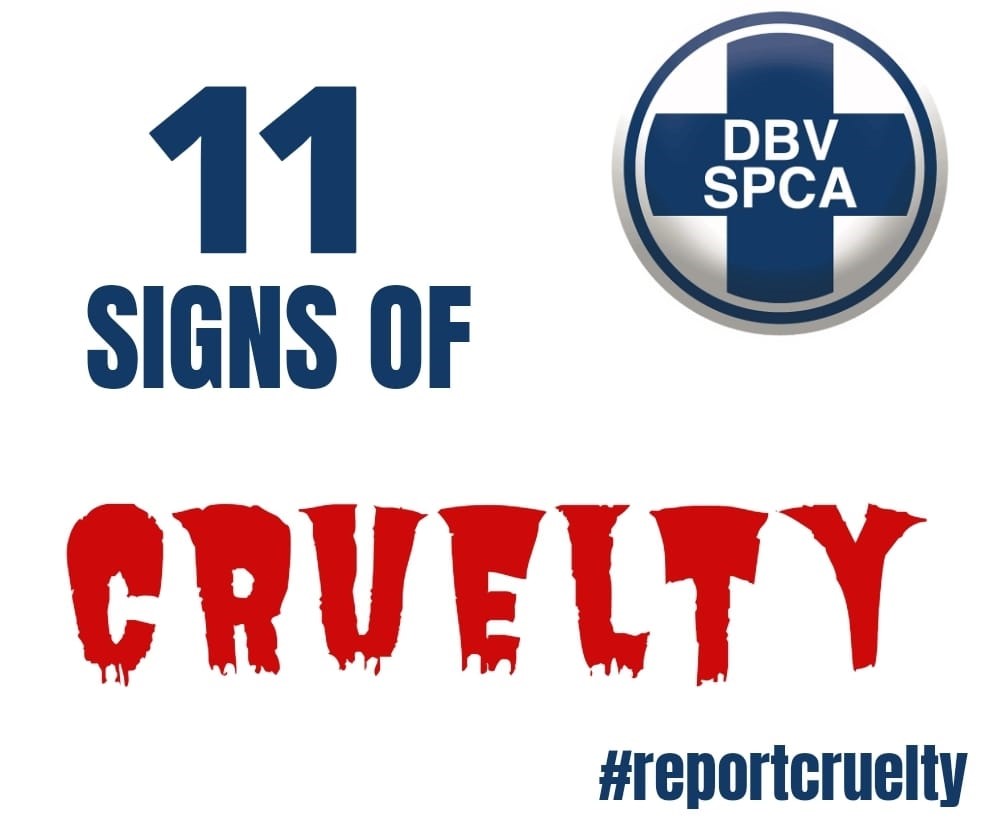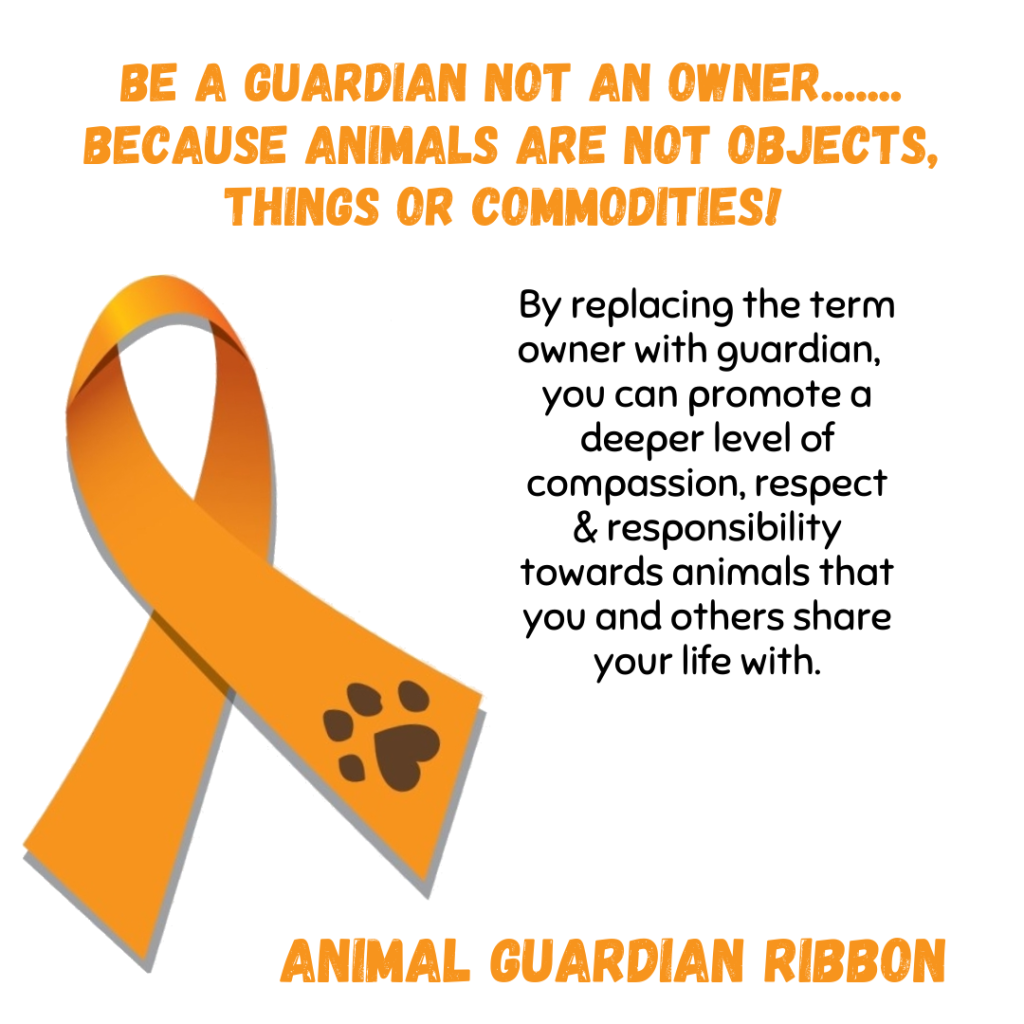
WHEN YOU UNDERSTAND CRUELTY TO ANIMALS BETTER, YOU CAN HELP US ADDRESS THE PROBLEM MORE EFFECTIVELY.
Animals do not have a voice, so we need to be their voices! When was the last time you heard of anyone tuning themselves in for animal abuse? It just doesn’t happen often, if at all, the tuning in I mean. Preventing animal cruelty is in all of our best interests. Animal cruelty is not only despicable in its own right, but it is often a gateway crime to violence against adults and children. Studies show that children who witness animal abuse are at a greater risk of becoming animal abusers themselves.
We follow the 5 (6) freedoms of animal welfare:
- FREEDOM FROM HUNGER & THIRST
- FREEDOM FROM PAIN, INJURY, DISEASE
- FREEDOM FROM DISCOMFORT
- FREEDOM FROM FEAR & DISTRESS
- FREEDOM TO EXPRESS NATURAL BEHAVIOURS
…….AND THEN OUR HOPE FOR ALL WILDLIFE, TO BE FREE!
We are committed to breaking the cycle, and to help us stop animal cruelty, you need to understand the problem or how you might be contributing, recognize the signs, report it, and help educate others to prevent it.
Visit the NSPCA website HERE

1. UNDERSTANDING THE PROBLEM
If you do not work in animal welfare or know someone who does, you probably know very little about what is really going on. What you might see on Facebook and social media is not even the tip of the iceberg. Our hearts break every day for the hurt that is out there. It is preventable!
A few facts about animal abuse:
- The abuse of pets and animal companions is a daily occurrence.
- Many animals suffer multiple forms of abuse, with the most common type of abuse being neglect and abandonment.
- Cases of animal abuse include neglect, shooting, stabbing, fighting, beating, mutilation, torture, strangulation, rape, cannibalism, burning and poisoning.
- Most animal abuse is never reported.
- Dogs and cats are the most common victims, but abuse happens among other animal species, including domestic, farm animals, wild animals, small pets, birds, etc.
- Although there are bad people, ANIMAL OVERPOPULATION is a massive problem, especially with cats and dogs. If there were fewer animals, with enough “good homes”, fewer animals can land in the wrong hands and be abused.
- Why is there an OVERPOPULATION CRISIS? Because people don’t sterilize their pets, they support breeders and give or sell them to anyone. When animals end up in the wrong hands, they pay the ultimate price. There are animal dealers, who easily fool the untrained individual. Do you want to take that risk with the life of a sentient being?
This needs to be addressed through education, sterilization campaigns and stricter breeding regulations. We will rather see a breed go extinct than let them endure suffering.
ONCE YOU LEARN TO RECOGNIZE THE SIGNS OF ANIMAL ABUSE, YOU’LL BE BETTER EQUIPPED TO REPORT IT.
The Humane Society divides cruelty into two kinds: direct violence and neglect. Some call it active vs. passive cruelty.
- Direct violence. Signs include open wounds, multiple scars, limping, or difficulty walking. Many dogs that suffer direct violence will also display behaviours such as hiding, walking with their head down and tail between their legs, or cringing when people approach. Since those can also occur for other reasons, these behavioural signs alone shouldn’t be taken as definitive proof that a dog is being hurt.
- Neglect. Most people don’t go so far as to actually lay hands on their pet to hurt them, but what happens with far too many owners is just as bad: they neglect the needs of their dog/pet.
CRUELTY CASES
All animal cruelty cases can be separated into three basic categories:
- It may be hard to believe, but many people don’t even know that the harm they are inflicting on their pets, is in fact abuse. This type of abuse is known as unintentional, and it’s caused through neglect, animal hoarding, or failure to meet an animal’s basic needs.
- Intentional animal abuse and cruel intent both refer to abuse that is performed with the knowledge that an animal is being harmed and possibly injured.
- Cruel intent is often recurring and abusers in this category feel a sense of power, control, or enjoyment when inflicting pain on these animals.

11 SIGNS OF CRUELTY (Bulawayo SPCA)
1 – POOR BODY CONDITION AND NOTICEABLE TRAUMA
The animal has severe matting and a filthy coat, hair loss, lesions, scabs, or other skin conditions that have not been treated. Open sores or obvious wounds. They appear to be flea or tick-infested. They are underweight with bones clearly visible or dehydrated. They might be limping or unable to walk at all or have congested eyes or ears. They are in obvious physical distress, have no signs of medical care like bandages, etc., and require veterinary care. Withholding/denial of medical care whether sick or injured is also considered cruel.
2 – LACK OF FOOD OR WATER
Every time you see this animal you notice that they have no obvious sources of food and/or freshwater. They may be aggressive due to starvation and thirst, and perhaps very lethargic.
3 – LACK OF SHELTER
The animal is contained in an area that is largely or fully exposed to inclement weather or constant sun.
4 – LACK OF SANITATION
Faeces and/or debris cover the animal’s living area. Offensive odours coming from a home or yard, such as the constant smell of ammonia or faeces.
5 – ABANDONED
The animal is left in a house, yard, or other areas that appear empty or devoid of normal human activity. Reports of companion animals abandoned and left to die inside vacant buildings are alarmingly common. It is a crime under SA law to abandon an animal.
6 – THE ANIMAL IS TIED OR CAGED
They have little or no room to move and are unable to stand or turn. Animals are kept confined inside a car, garage, basement, attic, or other enclosed areas.
7 – CHAINS, ROPES, WIRE, OR PADLOCKS AROUND THE ANIMAL’S NECK
Be on the lookout for anything around an animal’s neck that may have become embedded and/or infected, including regular collars. If an animal is tied there are chaining or tethering regulations that need to be followed!
8 – SIGNS OF AN ANIMAL BEING TRAINED TO OR HAVING BEEN USED TO FIGHT
This is especially common with power-breed dogs, and even roosters. You may see training implements, treadmills, spring poles, etc. More likely you will notice obvious signs of trauma, including scars, open wounds, infections, and even missing body parts, such as ears or tails.
9 – THE ANIMAL’S BEHAVIOR IS ABNORMAL
They may be very aggressive, hostile, ill, distressed, or severely shy, e.g., cowering, hiding, fear-biting, even with or especially with the owner.
10 – TOO MANY ANIMALS LIVING ON ONE PROPERTY
This can be a sign of animal hoarding, which makes the conditions no less cruel. An estimated hundreds of thousands of animals are hoarding victims each year. An individual who has a large number of animals in his/her care and they may not even know the total number when questioned. Animals are kept in overcrowded, deteriorated areas. Your local municipal bylaws state how many animals may be kept.
11 – OVERT ACTS OF VIOLENCE
An owner or any person who is being overtly violent against the animal, striking or throwing objects at them, or otherwise physically abusing them.

There is no violence against an animal that is justified and a person who would abuse an animal in public or plain sight is likely doing far worse outside of view. The death of one or more animals under suspicious conditions should also be reported and investigated.
The above is there to help you understand cruelty better and know what to look for. Some of the above signs by themselves do not necessarily mean that an animal is being abused. It’s important to examine the entire situation before jumping to conclusions, but rather report it if you are unsure, so it can be investigated.
For EXAMPLE, you might notice that your neighbour’s three cats are infested with fleas and are physically uncomfortable. After a short conversation with your neighbour, you learn that all three cats are being treated, and they appear healthy and socially adjusted. You conclude that these cats are probably not being abused. On the other hand, you notice another neighbourhood dog with an obvious flea infestation who also looks emaciated, has open sores on its body and acts aggressively when approached. In this case, you may have reason to suspect abuse.
Also, read our latest of 5 summaries of the many posts we shared over the last 2 years.
GO ORANGE AND SHOW YOUR SUPPORT IN APRIL!
- Download this cover photo above and add it to your profile.
- Add a frame to your profile picture.
- Tie an orange ribbon outside your home.
- Share posts to educate about animal cruelty.
- Wear an orange ribbon or clothing.
- and more………
Preventing animal cruelty is not an easy task, but with your help, we CAN DO THIS! Next week we will look into how you can report cruelty and help us fight cruelty!
WHEN YOU KNOW BETTER, DO BETTER!